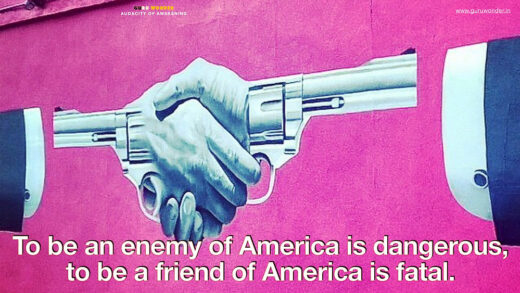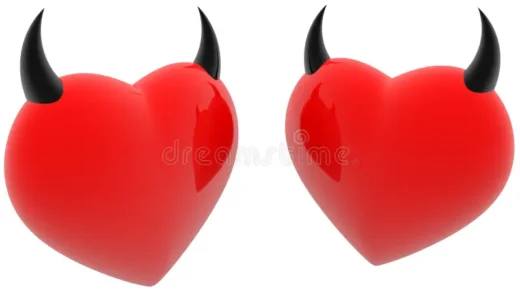Ramesh Sippy had made a name for himself as a director with films like “Andaaz” and “Seeta Aur Geeta”, but was enamored by the idea of making India’s first cowboy-western. He set the writers Salim-Javed who worked as trainee writers in his father, G.P Sippy’s company to write a script roughly inspired by some of the best Westerns made in Hollywood. The writers came up with the idea of a Thakur who is out to seek revenge on a ferocious dacoit called Gabbar Singh. He cannot do anything because Gabbar had chopped off both his hands during their last encounter. The Thakur hires two young men who can do anything for money to capture Gabbar Singh, but leave the final punishment to him. The film was entirely shot in specially created locations on the outskirts of Bangalore. The entire area was named Ramgarh. The film had a very impressive star cast headed by Sanjeev Kumar, Dharmendra, Amitabh Bachchan, Hema Malini, Jaya Bhaduri, and a villain who was introduced for the first time, Amjad Khan. The film which was called the Indian cowboy spaghetti and was dismissed by all the critics went on to run for more than five years at one theatre in Mumbai, the Minerva, and for hundreds of weeks all over the country.
Sholay is a prime example of the action genre, which prevailed during the seventies. It personified all the trappings of a western action film such as strong countryside, bandits on horseback, ferocious gunfights and even a gangster’s moll (Helen). “Sholay” took violence to a new height. Though there were only three gang fight scenes in the film, yet its action created a stir that was incomparable to the films before it. Even the scene where Thakur’s (Sanjeev Kumar) hands were severed by Gabbar Singh (Amjad Khan), the pain got transmitted to the viewers only through his eyes. In spite of shooting that sequence without a single drop of bloodshed on the screen, it caused an impact that was extremely heinous and disturbing.
Till date, Sholay is considered to be a massive leap that our Hindi film industry took to infuse violence in our genes. The portrayal of Gabbar Singh, the cold-blooded villain in the film played a pivotal role in taking violence to a new high. Gabbar Singh was the first onscreen illustration of something purely evil in our society. He gave no excuses for his evil mannerisms and sadistic personality. He had an uninhibited cruelty engraved inside that coerced him to sideline any kind of mercy or humanity while taking his revenge. Gabbar Singh was gratuitous, insidious and inexorable, an arch villain in the true sense.
Sholay was absolutely legend in the terms of aesthetic glamorization of violence in it. After Sholay, violence became a highly marketable commodity in Hindi Indian film market. Very few people know that director Ramesh Sippy was not at all convinced with the climax of his magnum opus “Sholay” since it was not what he had thought of originally but suggested by CBFC i.e. Central Board of Film Certification. At that time, CBFC felt that the climax of the film was too violent to show it onscreen. Little did they know that after decades there would be such a flood of mislaid violence in movies.
There have been many attempts to make films like “Sholay”, but a film like “Sholay” is perhaps made just once in a way.



